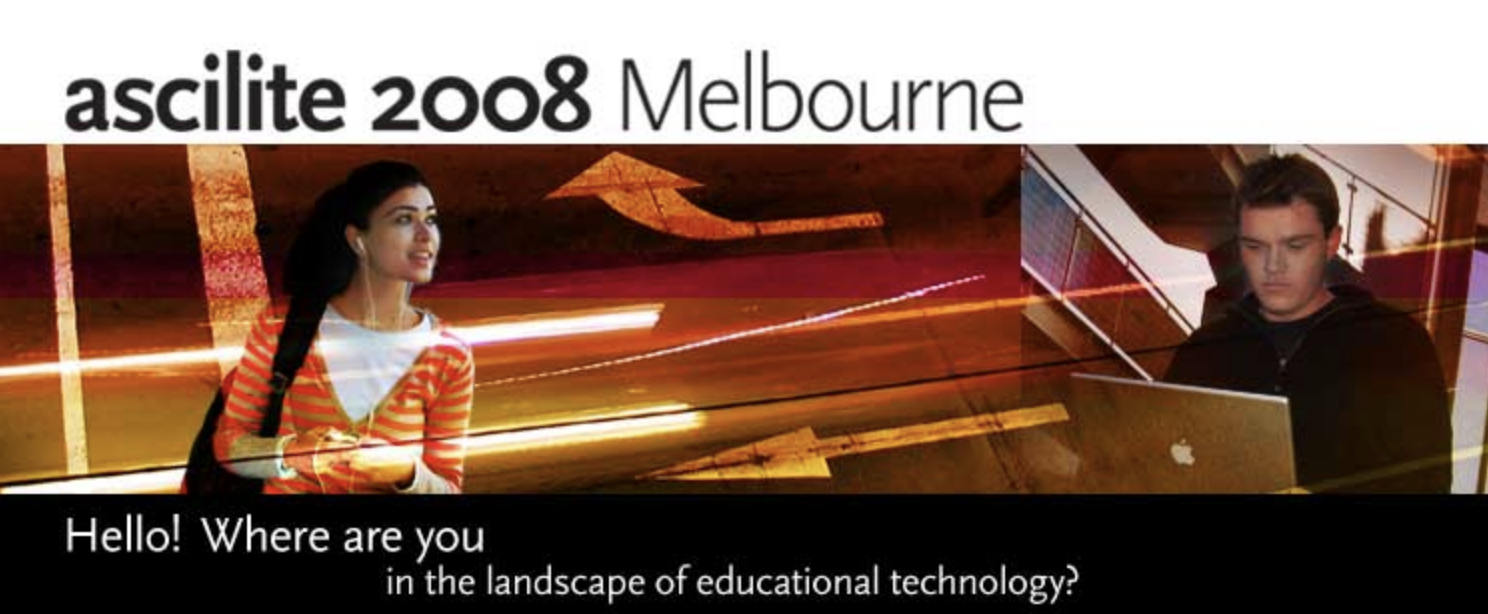Challenging design students to be ethical professionals in a changing landscape of technologies
DOI:
https://doi.org/10.14742/apubs.2008.2421Keywords:
web design, curriculum design, form and function, ethical issues, advanced web technologies, Flash design, web accessibility, universal designAbstract
Despite the existence of Web accessibility guidelines since 1999, the evidence suggests a continuation of design practices that limit the accessibility of Websites for diverse audiences. This problem has been further compounded with the increasing popularity of technologies such as Flash, which have encouraged many designers to place greater emphasis on form than function. This paper examines these issues and proposes a humanistic approach to Web design; one which acknowledges the designer’s responsibility to create sites that contribute to and improve the quality of life for all users. The role that design educators need to play in challenging their students to engage in design practices that will ensure the sites they develop are accessible in a changing landscape of technologies are explored in this paper, and the benefits of incorporating changes into the design curriculum that address the need for graduate designers to be aware of, and to engage in, inclusive design practices are discussed. After presenting the case for changes in the design curriculum that engage students in inclusive design practices, a case study based on the development of an undergraduate program that promotes inclusive design is presented. The strategies developed to ensure students understand the techniques required to create accessible and compliant Flash designs are discussed in some detail and in the final section of the paper, the benefits for students and the community groups with which they engage through their program of studies are discussed.
Downloads
Published
Issue
Section
Categories
License
Copyright (c) 2025 Martin Friedel, Denise Wood

This work is licensed under a Creative Commons Attribution 4.0 International License.





